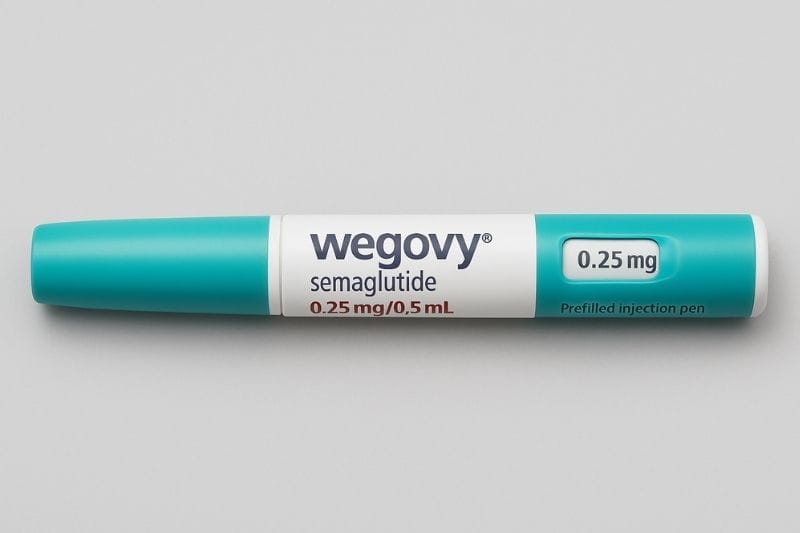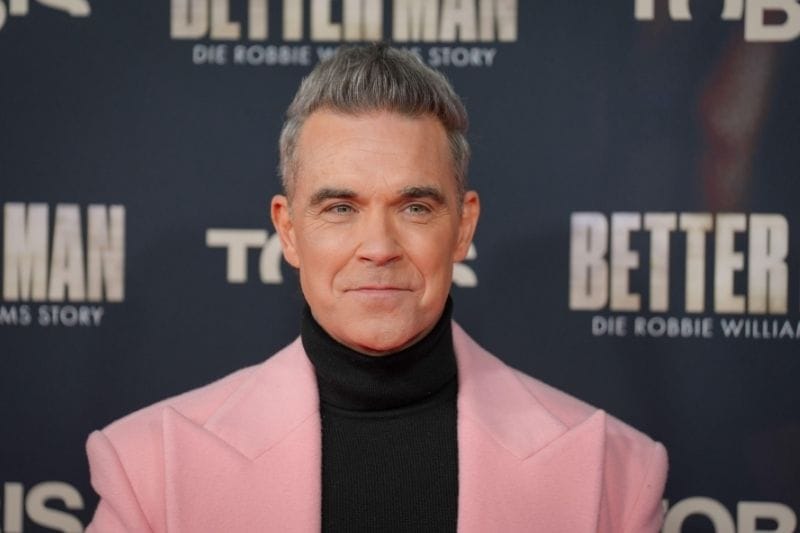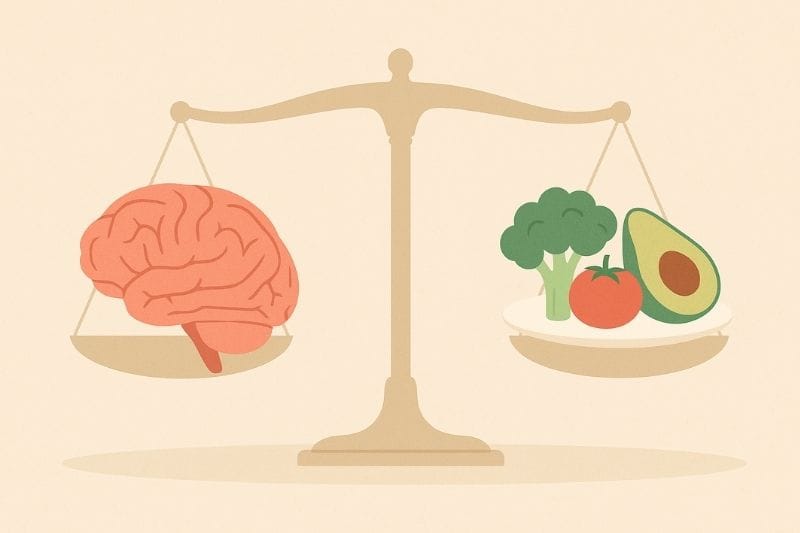Worried about regaining weight after stopping GLP-1 injections like Wegovy, Ozempic or Mounjaro? You’re not alone. Many people find losing weight on these medications is much easier than keeping it off once treatment ends. The key to maintaining your weight loss is building habits that protect your metabolism and stop rebound weight gain. Two of the most effective strategies to achieve this – both while you are on the medication and after – are eating enough protein and doing regular strength training. But knowing what to do is only half the battle. Long-term success comes from turning these actions into habits you can stick to, even when life gets busy. This blog explains why these habits matter, how they help you after GLP-1 therapy, and practical ways to make them part of your everyday routine.
The GLP-1 Weight Loss Scenario That No One Talks About
Imagine two women who both start at 130 kilos and are about 5 foot 8. Both use a GLP-1 medication and both get down to 80 kilos. That sounds like a huge win, but here is where things get interesting.
One of them focuses on eating enough protein and does some strength training at home. Nothing extreme, just bodyweight exercises, resistance bands, and a pair of dumbbells. Around five sessions a week.
The other woman does not think about protein at all and does no resistance training. She just eats less because the medication makes that easy.
Now, what happens?
The first woman loses a large majority of her weight from fat, though she will still lose some lean mass because that always happens in a calorie deficit. But the difference compared to the second woman is massive when it comes to long-term results.
The second woman loses more muscle. Her body sees no reason to keep it because she is not using it and she is not feeding it enough protein. That means her final weight might look the same on the scale, but her body composition and metabolism are very different. When she comes off the drug, she is more likely to regain weight because her body burns fewer calories each day.
How Much Muscle Could You Lose?
On average, someone who eats plenty of protein and lifts weights during big weight loss might lose around 15 to 20 percent of their weight loss from muscle. Someone who does nothing for muscle retention can lose 30 to 35 percent as lean mass.
Both women lose 50 kilos.
- The one who trains and eats protein loses about 10 kilos of lean mass
- The one who does nothing loses around 17 kilos of lean mass
That is a big difference, especially when you think about what that means for maintenance calories.
What Does Metabolism Actually Mean?
People throw around the word metabolism all the time. Here is the truth. Your metabolism is the total amount of energy your body burns to keep you alive and functioning. This includes your resting metabolic rate (the calories you burn at rest), the energy you use to digest food, and what you burn through movement.
The biggest chunk of that is your resting metabolic rate, and lean tissue plays a huge role in that. Muscle tissue burns more energy than fat tissue even when you are doing nothing. It is not thousands of calories, but it adds up over time.
In our example, the woman who lifted weights and kept more muscle will burn around 200ish calories more every single day than the woman who lost more muscle. Over a year, that is between 73,000 calories. That equals roughly 20 to 30 pounds of fat.
If they both eat the same amount after coming off the medication, the second woman could slowly regain weight simply because her metabolism is lower.
That is why keeping muscle matters so much for long-term success.
How Much Protein Do You Actually Need?
There is no one-size-fits-all answer, but here are three ways to work it out:
- 1.6 to 2.2 grams per kilo of body weight (use goal weight for this)
Example: Goal weight is 80 kg → 128 g to 176 g of protein daily - 0.7 to 1 g per pound of body weight
Example: Goal weight 176 lbs → 123 g to 176 g - 20 to 30 g per meal
Spread across 3 main meals and 1 to 2 snacks
If you want to crunch some numbers, use my protein calculator.
Tips for Hitting Your Protein Target
- Start your day with protein: Eggs, Greek yoghurt, protein porridge, or a protein shake
- Add a protein source to every meal: Chicken, lean beef, tofu, cottage cheese, beans, or fish
- Keep easy options ready: Pre-cooked chicken strips, boiled eggs, or protein yoghurt in the fridge
- Snack smart: Protein bars can help if you are struggling, but check the calories and some can be quite high in sugar and so on
- Track it: Use an app or just write it down. Awareness makes a big difference
What Kind of Training Are We Talking About?
Here is the good news. You do not need a gym membership to make this work. You can absolutely get great results at home with some dumbbells, resistance bands, or even bodyweight training as long as you are consistent and keep progressing over time.
That said, it is often easier to achieve results in a gym because you have access to heavier weights and more equipment, which makes progression simpler. But if the gym is not for you, home training still works brilliantly when done right.
Thirty to forty-five minutes, four to five times a week, is more than enough. Think squats, lunges, push-ups, rows, hip hinges, and core work. Add resistance as you get stronger. That is exactly the kind of fitness coaching I offer, so if you are lost on where to start, my personal training and fitness coaching will show you how to do it the right way.
Habit Change Ideas to Make Protein and Strength Training Stick
Knowing you need protein and strength training is one thing, but putting those actions on autopilot is where the magic happens. Many people regain weight after GLP-1 therapy because they go back to old routines once the appetite suppression fades. Here are some simple tactics to make lasting habits stick:
1. Start Ridiculously Small
Instead of aiming for perfection, aim for easy wins. If you have not exercised in years, at the start commit to two 15-minute home workouts a week. Build up gradually. The smaller the barrier, the more likely you are to do it.
2. Attach New Habits to Old Ones
Habit stacking works brilliantly. If you already make a morning coffee, prepare a protein-rich breakfast at the same time. If you watch TV in the evening, do some squats or light resistance band work during the adverts.
3. Set ‘Minimum Standards’ Not ‘Perfect Goals’
Life will get busy, so create a fallback version of your habit. If you usually plan a 45-minute workout but time is short, promise yourself at least 10 minutes of movement. Small, consistent actions compound over time.
4. Use Visual Prompts
Keep protein snacks visible in your kitchen. Leave your dumbbells where you can see them. These little cues remind you of your intentions without relying on willpower.
5. Track and Celebrate Wins
A simple checklist, tick box or app can help you see progress and stay motivated. Each day you hit your protein target or complete a workout, mark it down. Small wins create momentum.
By making these actions easy, automatic and rewarding, you set yourself up for life after GLP-1 injections where your habits- not medication – do the heavy lifting for weight maintenance.
Putting It All Together
If you are planning to use a GLP-1 medication or are already on one, do not just focus on eating less. Focus on eating smart, moving with purpose, and building habits that will still be there when the injections stop. That is the difference between hitting a goal weight and actually keeping it off long term.
Start by making protein and resistance training a natural part of your day. You do not need to overhaul your life overnight. Begin small, make it easy, and build on your wins. Attach new habits to things you already do, keep your environment set up for success, and give yourself fallback options for the days when life gets in the way.
When you do this, you’re not relying on willpower or medication forever. You’re training your body to hold on to muscle, keep your metabolism healthy, and avoid the trap of regaining weight once your appetite comes back. Over time, these small, repeatable actions become your safety net for long-term success.
This is exactly what I help my clients do with my online weight loss accountability coaching. We look at the whole picture, from nutrition to fitness to mindset, so you keep your results long term.
FAQs About GLP-1, Protein, and Strength Training
Do I need to join a gym to do this?
No. Home training works perfectly as long as you do the right exercises and progress them over time. The gym can make progression easier, but it is not essential.
What if I cannot hit 100 grams plus of protein every day?
Do your best. Even increasing your protein from 40 grams to 80 grams will make a big difference.
Isn’t cardio enough?
Cardio is great for fitness and some calorie burn, but it does not tell your body to hold on to muscle. Resistance training does that.
Will eating protein make me bulky?
Absolutely not. Protein will help you maintain muscle, not turn you into a bodybuilder. In fact, it is key to looking lean.
Can you write me a plan?
Yes. That is part of my personal training and fitness coaching. Whether you are in a gym or at home, I can build a plan that works for your lifestyle.
Ready to keep the weight off after GLP-1?
If you want support with your training, your nutrition, or just having someone in your corner to keep you on track, take a look at my weight loss coaching and fitness coaching. This is about more than just losing weight. It is about keeping it off and feeling great.




